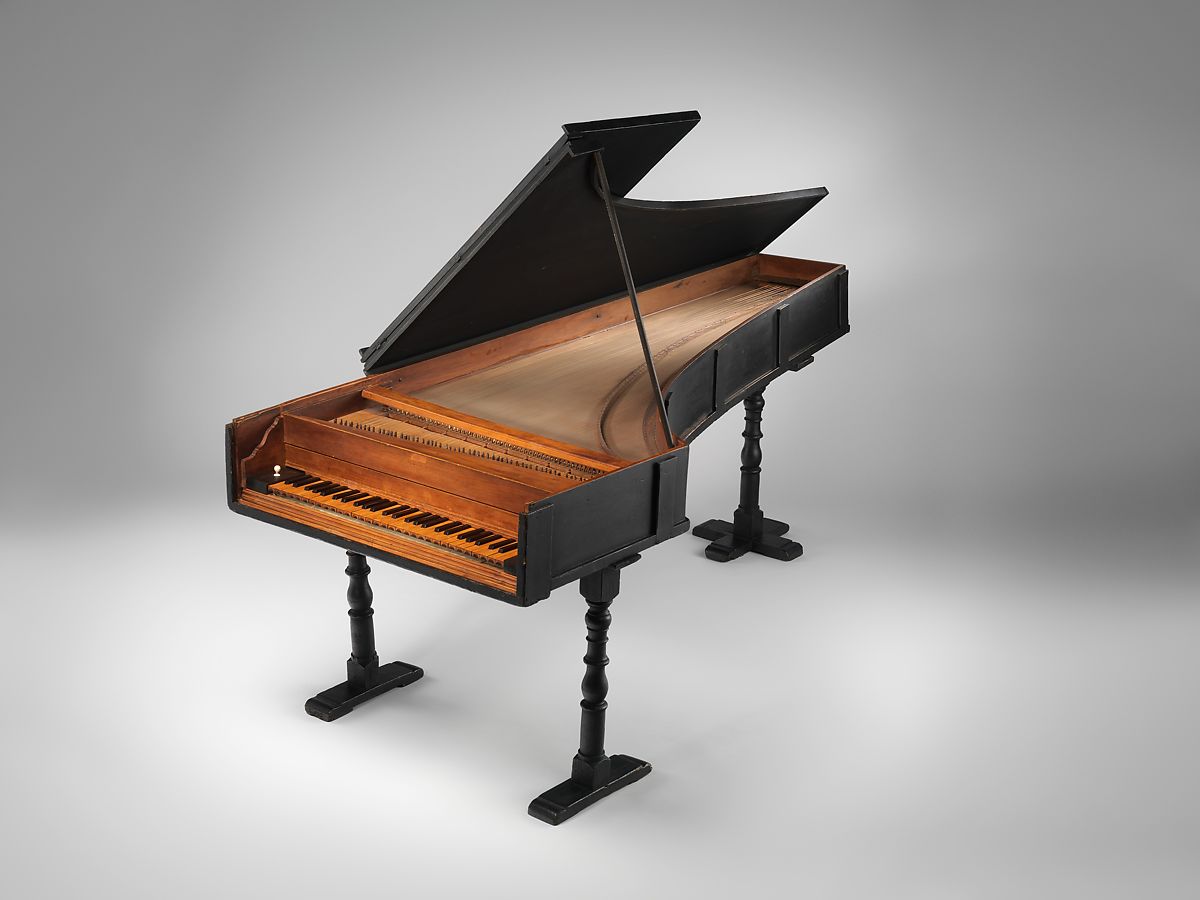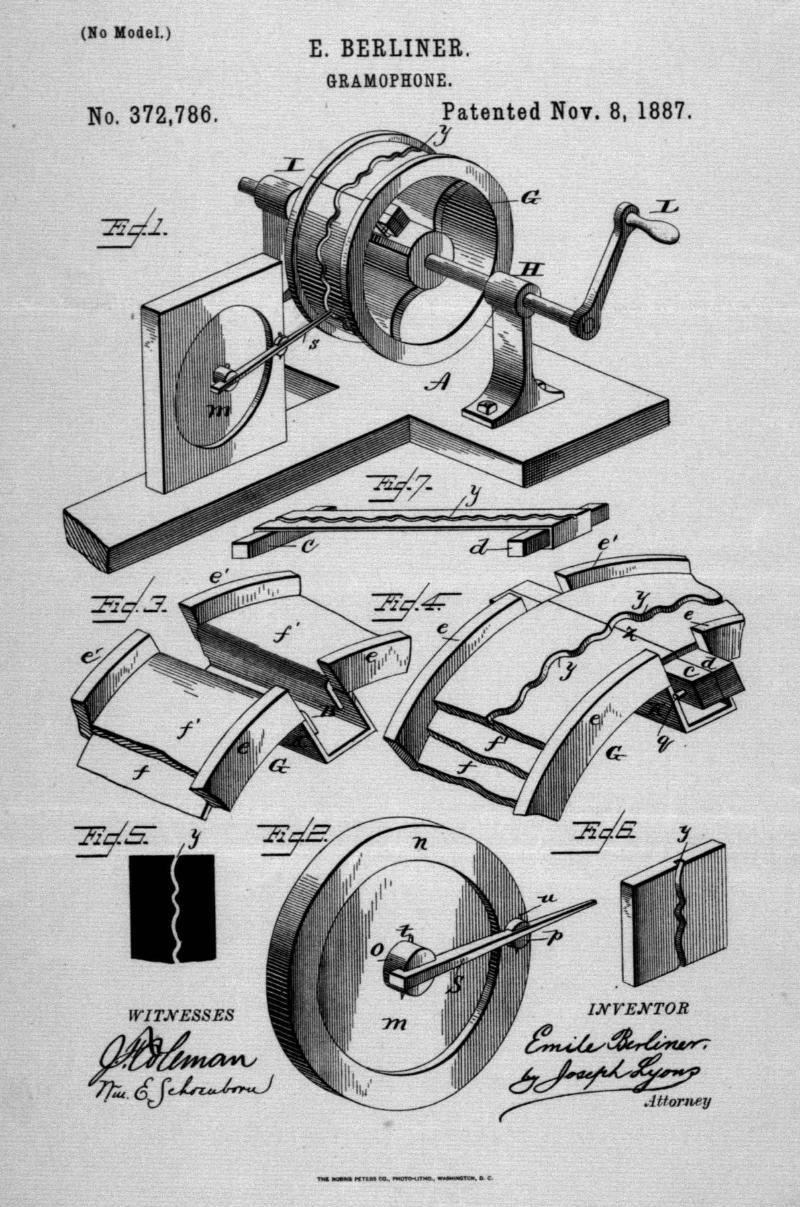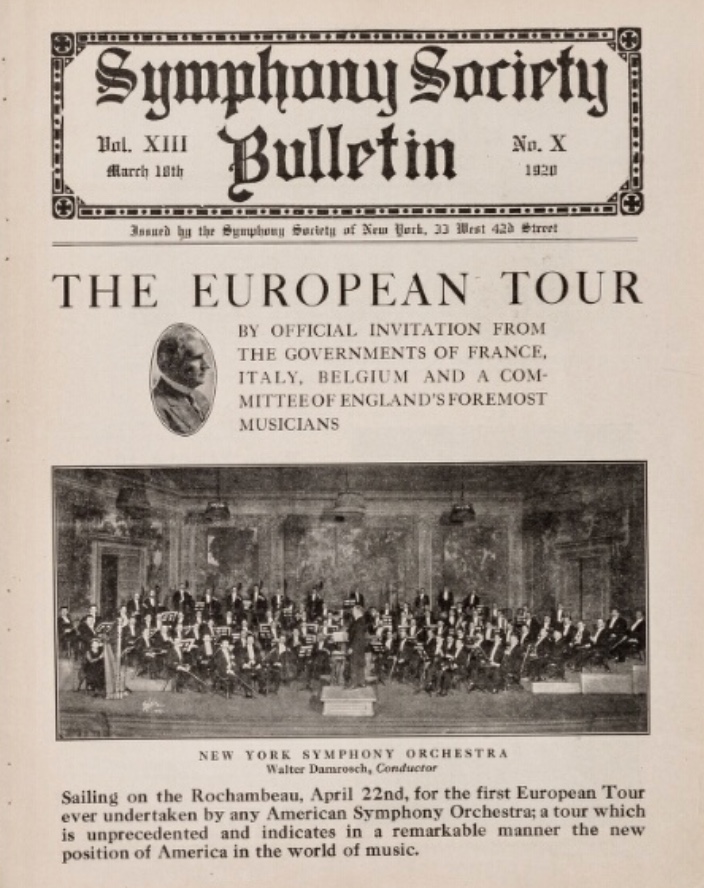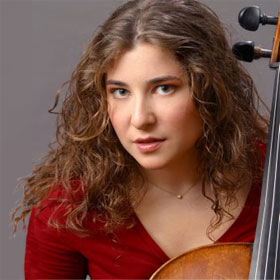By Daniel Hathaway
. Cleveland Orchestra and Oberlin Contemporary Music Ensemble
. Cleveland Chamber Choir seeks Artistic Director, Cast change for The Girl of the Golden West, and TMA to hold the final round of Scholarship Competition
. Important beginnings that led to the modern grand piano, the phonograph record, and orchestra tours
HAPPENING TODAY:
7:30 pm – The Cleveland Orchestra: Franz Welser-Möst, conductor, Alisa Weilerstein, cello. Loggins-Hull’s Can You See? Barber’s Cello Concerto, and Prokofiev’s Symphony No. 4 (revised 1947 version). Severance Music Center.
7:30 pm – Oberlin Contemporary Music Ensemble: Tim Weiss directs Conservatory instrumentalists and vocalists in a workshop performance of Stephan Hartke’s Rhino!, an opera in four scenes, directed by Jonathon Field. Warner Concert Hall.
IN THE NEWS:
The Cleveland Chamber Choir, a Cleveland-based professional choir, is seeking a new Artistic Director beginning with its 10th Anniversary season in 2024-2025. For more information please click here to review the position description. Applications are due by July 1, 2023.
The Cleveland Orchestra announced that Tamara Wilson has had to withdraw from the upcoming production of Puccini’s opera The Girl of the Golden West. Soprano Emily Magee will now portray the role of Minnie. The rest of the cast remains as previously announced.
Tuesday Musical has announced that the First- and Second-place winners of its 2023 Scholarship Competition will compete again in the Final Round/Winners Concert on Sunday, May 21, 2:30 p.m. at Guzzetta Recital Hall on the University of Akron campus. The adjudicated concert and post-concert reception are free and open to the public. No tickets are needed.
ALMANAC FOR MAY 4:

Italian craftsman Bartolomeo Cristofori, born in Padua on May 4, 1665, was responsible for inventing the first practical pianoforte, an instrument that looks just like a harpsichord until you raise the hood. Inside, instead of quills that pluck strings, a hammer mechanism strikes them and then retreats, allowing the performer to play soft, loud, or at any dynamic level in between. Thus Cristofori named his invention the “gravicembalo col piano e forte.”
Cristofori’s pianoforte mechanism was so sophisticated that no major improvements were made for the next 75 years, and the basic concept has persisted to today. You can see the 1720 model he built in Florence in the musical instrument collection of New York’s Metropolitan Museum, read about it here, and listen to Domenico Scarlatti’s Sonata in d played on it here by Dongsok Shin.

That a lot remained to be done before Sony could develop a single disc capable of reproducing Beethoven’s Ninth Symphony is suggested in the first news story about Berliner’s invention. A two-page article in Electrical World dated November 12, 1887 described a device driven by a weight box and controlled by a paddle-wheeled governor that recorded four minutes of sound on an 11-inch glass disc at 30 rpm.”

The Symphony Society Bulletin of March 18, 1920 noted that the European Tour was being undertaken “by official invitation from the governments of France, Italy, Belgium and a committee of England’s foremost musicians.” The Orchestra embarked on the transatlantic crossing aboard the Rochambeau on April 22, beginning “a tour which is unprecedented and indicates in a remarkable manner the new position of America in the world of music.”
The May 4 performance, led by Walter Damrosch, included Berlioz’ Overture to Benvenuto Cellini, Beethoven’s Third Symphony, d’Indy’s Istar: variations symphonique, and Ravel’s Daphnis et Chloe, “Fragment Symphonique.” The Orchestra’s European adventure lasted nearly two months, culminating in a June 20 matinee at London’s Royal Albert Hall.
Like the Middle Eastern tour The Cleveland Orchestra was forced to cancel at the beginning of the pandemic, orchestral touring will eventually resume, however slowly. On this May 4th, it’s good to look back and recall that cultural exchanges have until recently been important tools of international diplomacy, and not merely expensive expressions of musical vanity.



